√99以上 self-assessment manikin (sam) 769615-Self-assessment manikin (sam) scale
This study investigated psychometric properties of the SelfAssessment Manikin (SAM) for measuring emotion in Iran Data came from the undergraduate students of Tabriz University This study was designed and carried out in two stages Via cluster sampling, 128 students participated in the study to provide a measure of reliability of the 9 itemsFeb 05, 16 · The SelfAssessment Manikin (SAM), adapted with permission from Bradley and Lang 1994 6 SAM is a pictorial tool designed in the eighties that measures pleasure (top), arousal (middle) and dominance (bottom) on a discrete scale It is available in two main versions paperandpencil (5, 7, 9points) and computer program (points)Sentence examples for SelfAssessment Manikin from inspiring English sources exact ( 26 ) Self Assessment Manikin was used to test the selfreport measures on a ninepoint scale hedonic value (positive/negative) and arousal value of the emotional content (more/less arousing) 7

Effects Of Emotional Valence And Arousal On Time Perception In Timing Time Perception Volume 2 Issue 3 14
Self-assessment manikin (sam) scale
Self-assessment manikin (sam) scale-Public class SAM extends PictureMatrix implements SAMScaleCodes Shows a sequence of SelfAssessment Manikin (SAM) scales after Lang (1980) and collects responses by SAM image selection The following features are supported All 3 SAM scales for valence, arousal, and dominance may be presented Subsets are possibleSAM stands for Self Assessment Manikin
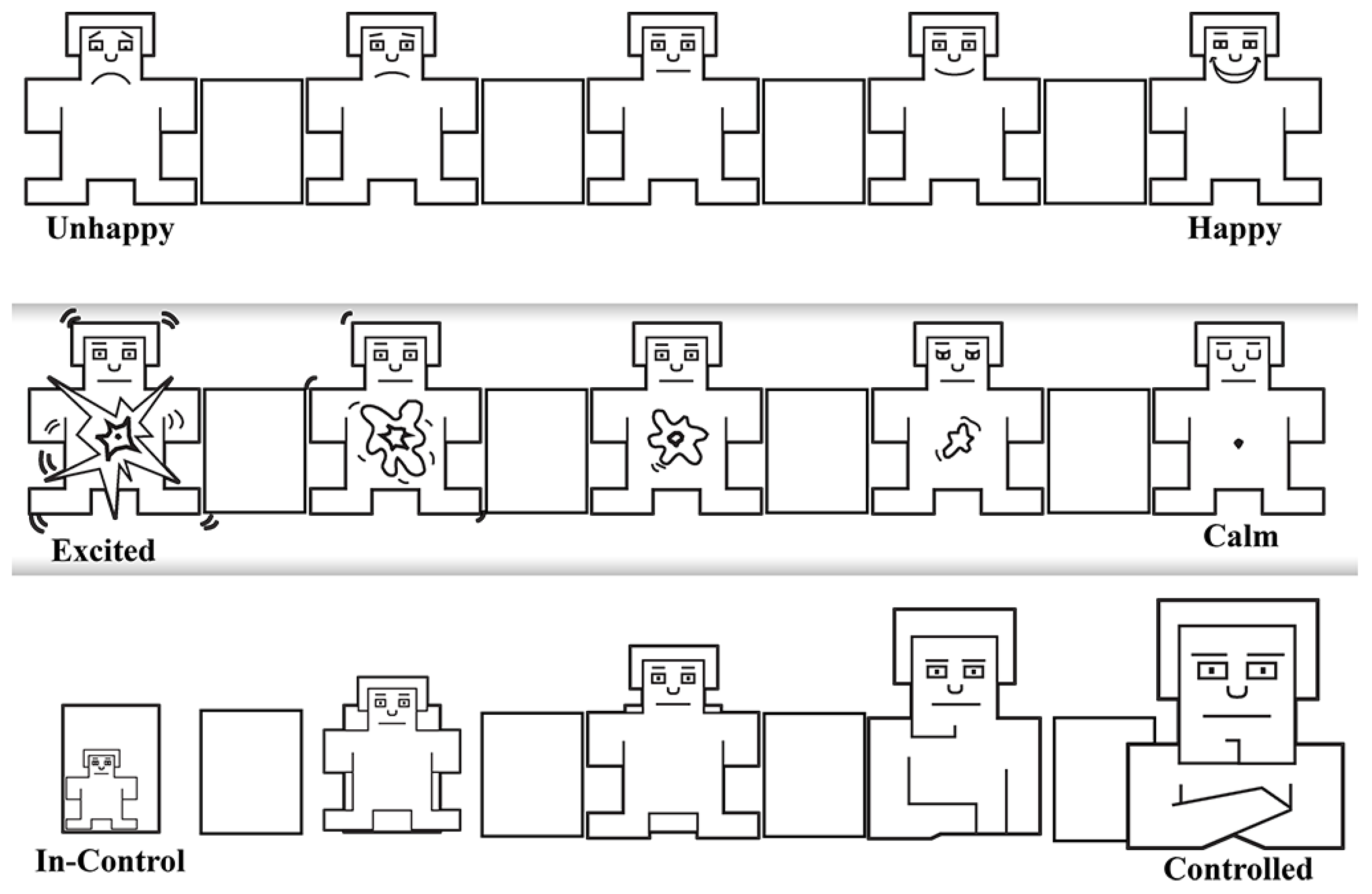


Electronics Free Full Text Artificial Neural Networks To Assess Emotional States From Brain Computer Interface Html
ABSTRACT The SelfAssessment Manikin (SAM) is one of the most extensively used instruments in the situational assessment of the emotional state in experimental or clinical contexts of emotional induction However, there is no instrument of this kind adapted for blind or visually impaired people In this paper, we present the results of the preliminary validation of a tactile adaptation of theJan 19, 11 · Self‐assessment manikin (SAM) The SAM is a nine‐point pictorial scale that is a non‐verbal self‐report measure of affective state using cartoon‐like manikins (see Fig 1) (Bradley and Lang, 1994) In the present study, two sets of manikins were used In one set, ratings for valence were scored from one (happy) to nine (sad)The SelfAssessment Manikin (SAM) is a nonverbal pictorial assessment technique that directly measures the pleasure, arousal, and dominance associated with a person's affective reaction to a wide variety of stimuli In this experiment, we compare reports of affective experience obtained using SAM, which requires only three simple judgments, to the Semantic Differential scale
For arousal, SAM ranges from sleepy with eyes closed to excited with eyes open The dominance scale shows SAMThe aim of our study is to detect and recognize the human emotion using SAM (SelfAssessment Manikin) rating The objective of this study is to find the emotions of south Indian subjects and the classical dancers in addition to determine whether the perceived emotions are the same Methods A strong stimulus is need for inducing an emotionThe SelfAssessment Manikin (SAM) is a picture oriented questionnaire developed to measure an emotional response (Bradley and Lang 1994)
The SelfAssessment Manikin (SAM), a pictorial scale developed in the eighties for the measurement of pleasure, arousal, and dominance, is still among the most popular selfreporting tools, despite having been conceived upon design principles which are today obsoleteAffective Which of the following is a strategy for altering the cognitive component of aSAM abbreviation stands for self assessment manikin



Experimental Evaluation Of Five Methods For Collecting Emotions In Fi



Pdf Measuring Emotion The Self Assessment Manikin And The Semantic Differential Semantic Scholar
SAM (SelfAssessment Manikin) is used to assess which component of attitude?Bradley & Lang, 1994), is a set of three singleitem scales Each scale is comprised of a continuum of five human figures (manikins) that, respectively, measure valence (sadness–happiness), arousal (tenseness–calmness), and dominance (mastery)The SelfAssessment Manikin (SAM) is a nonverbal pictorial assessment technique that directly measures the pleasure, arousal, and dominance associated with a person's affective reaction to a wide variety of stimuli In this experiment, we compare reports of affective experience obtained using SAM, which requires only three simple judgments, to



Self Assessment Manikin Sam Download Scientific Diagram



Self Assessment Manikins Sam Scales For Emotion Assessment Download Scientific Diagram
Thus, graphic characters—SAM (SelfAssessment Manikin) and later AdSAM® (Attitude SelfAssessment Manikin)—were developed to depict each AEE dimension Instructions AdSAM, a simple but scientifically validated way for you to indicate your emotional response You will indicate how you feel by quickly selecting the radio button on each ofHCD VidCast is a weekly segment on all things psychological tools utilized in market research in conversation with Michelle Niedziela, PhD, VP of Research &Oct 04, 16 · Lang and Bradley's SelfAssessment Manikin (SAM) is an assessment tool that has been successfully used in different areas to elicit the affective responses in the three levels of valence, excitement and dominance The pictographic format of this instrument makes it accessible for those with low literacy skills, including children and the elderly


Self Assessment Manikin Sam Ratings Before And After Mood Induction Download Scientific Diagram



Affective Personalization From Psychology To Algorithms
SAM The SelfAssessment Manikin SAM depicts each PAD dimension with a graphic character arrayed along a continuous ninepoint scale For pleasure, SAM ranges from a smiling, happy figure to a frowning, unhappy figure;Abstract Selfassessment methods are broadly employed in emotion research for the collection of subjective affective ratings The SelfAssessment Manikin (SAM), a pictorial scale developed in the eighties for the measurement of pleasure, arousal, and dominance, is still among the most popular selfreporting tools, despite having been conceived upon design principles which are todayHow do I analyse selfassessment manikin (SAM) data?



Figure 7 Eeg Based Emotion Recognition Using Deep Learning Network With Principal Component Based Covariate Shift Adaptation
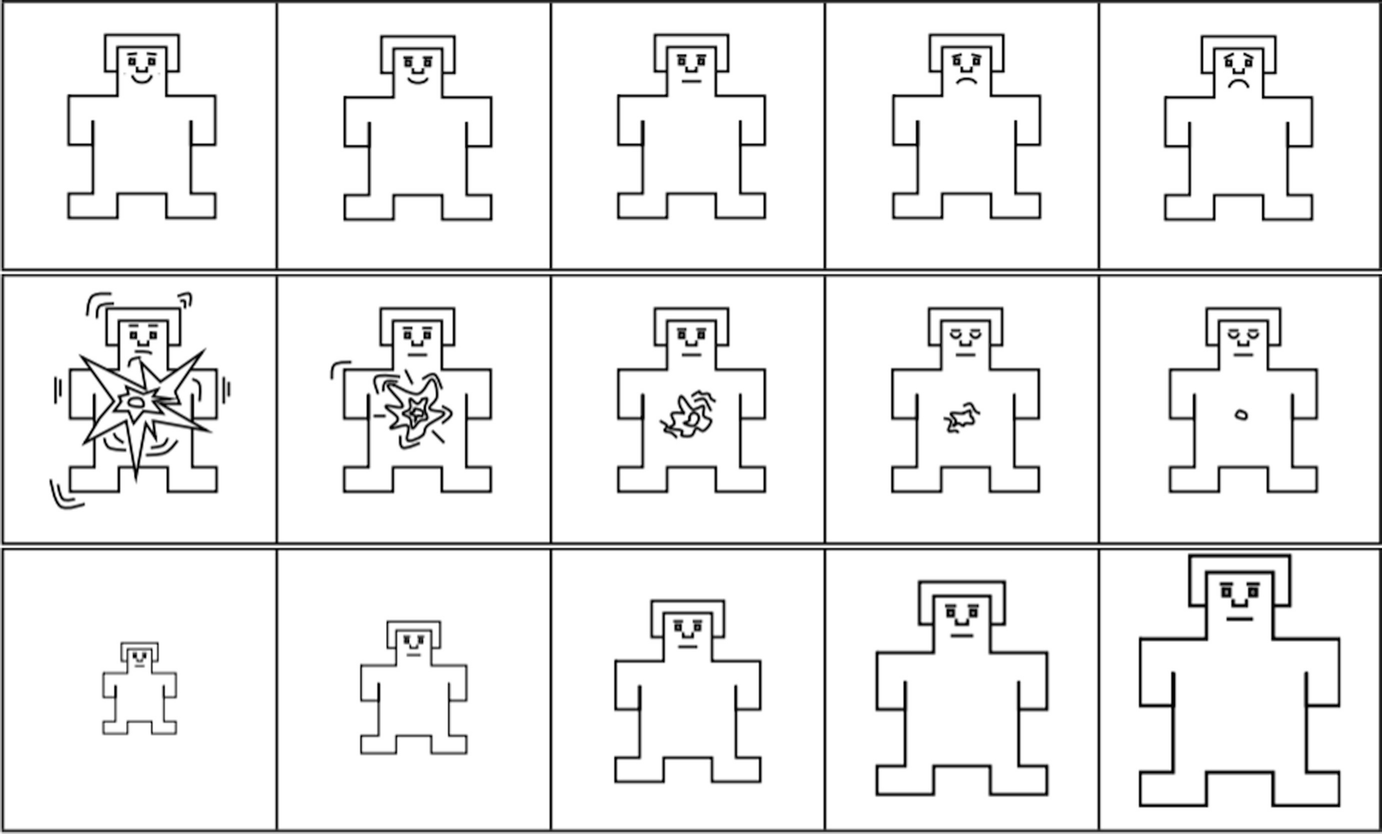


Use Of Wearable Technology To Measure Emotional Responses Amongst Tennis Players Springerlink
Apr 10, 13 · A graphic rating scale, the SelfAssessment Manikin (SAM), is used for this rating procedure Original norms The official normative ratings for the IAPS pictures were obtained from a sample of 100 college students (50 women, 50 men, presumably predominantly USAmerican) who each rated 16 sets of 60 picturesThe SelfAssessment Manikin (SAM) is a method for measuring emotional responses developed by Bradley and Lang in 1994 4 It was developed from factor analysis of a set of SD pairs rating both aural 5,23 and visual stimuli 24 (using both the InternaSelfAssessment Manikin SAM sinem December 19 edited December 19 in OpenSesame Hi, I created SAM rating form It took much time, I benefited from the Forum Thus I want to share it with you I hope you can save time thanks to that form



Pdf Measuring Emotion The Self Assessment Manikin And The Semantic Differential Semantic Scholar



The Self Assessment Manikin Sam Used To Assess Bodily Anxiety Download Scientific Diagram
The SelfAssessment Manikin (SAM) is a pictographic scale to assess emotion in three independent affective spaces which are valence, arousal and dominance Moreover SAM scale pictorial representation being a more human like figure may direct toOct 30, 19 · In this paper we study if and under what conditions crowdsourcing can be used as a reliable method for collecting highquality emotion labels on pictures To this end, we run a set of crowdsourcing experiments on the widely used IAPS dataset, using the SelfAssessment Manikin (SAM) emotion collection instrument, in order to rate pictures on valence, arousal andPlease use the following to spread the word About Contact Us Link to Us iOS app Android Popular Abbreviations


View Of Association Between Risky Behaviors In Adolescents And Altered Psychophysiological Emotional Responses Revista De La Facultad De Medicina



Exploring The Relationship Between Callous Unemotional Traits Empathy Processing And Affective Valence In A General Population Abstract Europe Pmc
The file sampxd shows several SelfAssessmentManikin scales (Lang, 1980) combined with text, color and image objects Scale variants are 5, 7, and 9 point scales The 9point scale my be shown in a reduced form using only 5 images and seperate selection dots The valence scale my be shown in full body or portrait modeI asked participants from two different cultures (IV) to answer the SAM scale after watching aInstrument called the SelfAssessment Manikin (SAM) to directly assess the pleasure, arousal, and dominance associated in response to an object or event SAM was originally implemented as an interactive computer program, and later was expanded to include a paperandpencil version for


Pxlab Self Assessment Manikin Scales


Pxlab Self Assessment Manikin Scales
Feb 08, · There are necessary procedures that apply selfassessment to evaluate subjects' emotions in the traditional affective stimulation systems This paper describes a new attempt to use some of the VR games as emotional materials to arouse basic emotions and evaluate the affective arousal effects with SelfAssessment Manikin (SAM)Oct 17, 13 · This is a (published) hardware implementation (Creemers & Hingston, 10) of the SAM scale that allows a person to make a "self report" of their emotional stateWhile the Theory of Emotion was originally developed using a verbal scale, researchers in the 1980s determined that the verbal scales had too many limitations Thus, graphic characters—SAM (SelfAssessment Manikin) and later AdSAM® (Attitude SelfAssessment Manikin)—were developed to nonverbally depict each dimension of emotion



Self Assessment Manikin Sam Scales And Their Descriptions Used In Download Scientific Diagram



The Self Assessment Manikin Sam Used To Measure The Valence Download Scientific Diagram
SAM is an emotion assessment tool that uses graphic scales, depicting cartoon characters expressing three emotion elements pleasure, arousal and dominance SAM has been used often in evaluations of advertisements, and increasingly also in evaluations of products SAM is based on the PAD emotion model of MehrabianBradley & Lang, 1994) Evaluates by means of pictograms the three main emotional dimensions valence, activation, and dominance Each dimension goes from 1, the extreme of maximum pleasure (valence), greater activation (activation) and feeling of submission (dominance);Combined on the SelfAssessment Manikin (SAM) The SAM was introduced by Lang (1980) as a quick, nonverbal method of quantifying subjective feeling states on the three fundamental dimensions of evaluation identified using the semantic differential in work by Osgood and associates (Osgood, Suci, & Tannenbaum, 1957) and by Mehrabian and Russell



Figure 3 From Building Emotional Machines Recognizing Image Emotions Through Deep Neural Networks Semantic Scholar



The Self Assessment Manikin Sam Used To Assess Affective Dimensions Download Scientific Diagram
Using the SelfAssessment Manikin (SAM), we assessed the state valence and arousal of 432 patients and employees at a large Midwestern Department of Veterans Affairs medical facility before and after they had their blood drawn, saw their primary care physician or mental health provider, or took part in an exercise classSelfAssessment Manikin Questionnaire The SAM questionnaire (Bradley and Lang 1994) is a pictorial assessment technique for measuring a person's affective reaction when interacting with a robot The questionnaire models affect as three categoriesApr 29, 17 · The SelfAssessment Manikin (SAM) is a pictureoriented questionnaire developed to measure an emotional response (Bradley and Lang 1994) The questionnaire is designed to measure three features of an emotional response that have been identified as central to emotion in research conducted by Lang and colleagues (Lang et al 1993)



Self Assessment Manikin Sam Scales And Their Descriptions Used In Download Scientific Diagram



The Self Assessment Manikin Sam Measure Scales Valence Arousal And Download Scientific Diagram
Oct 21, 19 · Impact Statement TakeHome Messages •This paper proposed a new Affective Virtual Reality System (AVRS), and assessed arousal with Electroencephalography (EEG), Heart Rate (HR), Galvanic Skin Reaction (GSR) and SelfAssessment Manikin (SAM) •VR emotion materials could deliver a better emotion elicitation effect than 2D video on negative emotional scenesOct 28, · SelfAssessment Manikin (SAM) ratings of valence of the stimuli will be compared between the treatment groups Time Frame 1 to 150 minutes after treatment During the fMRI participants will rate the emotional valence of each presented picture by means of the SelfAssessment Manikin (SAM) The assessment ranges from 15, with 1 referring toJan 07, · The SelfAssessment Manikin (SAM) is a nonverbal pictorial assessment measuring the pleasure, arousal, and dominance associated with a person's affective reaction to stimuli



The Self Assessment Manikin Sam Used To Measure The Valence



Emotion Analysis Using Sam Self Assessment Manikin Scale Semantic Scholar
SAM means SelfAssessment Manikin SAM is an acronym for SelfAssessment Manikin Share this Have you found the page useful?The SelfAssessment Manikin (SAM) scales developed by Bradley & Lang in the 1980's are a pictorial rating system to obtain selfassessments of experienced emotions on the dimensions affective valence, dominance and arousal A paperpencil or computer based version can be used in an experimental procedureThe SelfAssessment Manikin (SAM) is a nonverbal pictorial assessment technique that directly measures the pleasure, arousal, and dominance associated with a person's affective reaction to a wide variety of stimuli In this experiment, we compare reports



Effects Of Emotional Valence And Arousal On Time Perception In Timing Time Perception Volume 2 Issue 3 14



The Self Assessment Manikin Sam Measure Scales Valence Arousal And Download Scientific Diagram
Mar 17, 16 · The SelfAssessment Manikin (SAM) is a nonverbal pictorial assessment technique that directly measures the pleasure, arousal, and dominance associated with a person's affective reaction to a wide variety of stimuli To request the SAM for nonprofit academic research at a degreegranting institution, please send an email from your academicTitle PII (94) Created Date 3/21/02 AMUp to 5, the extreme of maximum displeasure
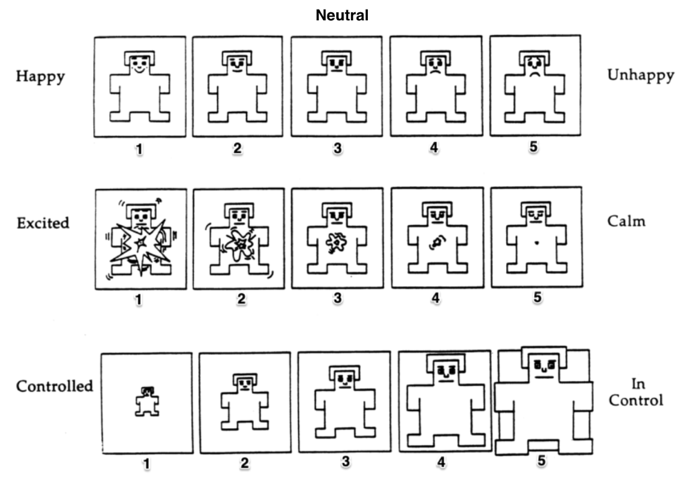


Best Practices In Measuring Emotional Engagement A Case Study Using A College Financial Aid Game Bentley University



How To Analyse Self Assessment Manikin Data Cross Validated
Nov 08, 18 · One such candidate, the SelfAssessment Manikin (SAM;CiteSeerX Scientific documents that cite the following paper the selfassessment manikin An efficient crosscultural measurement of emotional responseSAM is defined as Self Assessment Manikin somewhat frequently SAM stands for Self Assessment Manikin Printer friendly Menu Search "AcronymAtticcom Abbreviation to define Find Examples NFL, NASA, PSP, HIPAA Tweet What does SAM stand for?


Pxlab Self Assessment Manikin Scales



The Self Assessment Manikin Sam Used To Rate The Affective Dimensions Download Scientific Diagram


Pxlab Self Assessment Manikin Scales



Self Assessment Manikin Sam Introduced By Lang 1980 To Assess Download Scientific Diagram


Decoding Neural Responses To Emotion In Television Commercials The Journal Of Advertising Research



Figure 2 From Readers Vs Writers Vs Texts Coping With Different Perspectives Of Text Understanding In Emotion Annotation Semantic Scholar



Pdf Measuring Emotion The Self Assessment Manikin And The Semantic Differential Semantic Scholar
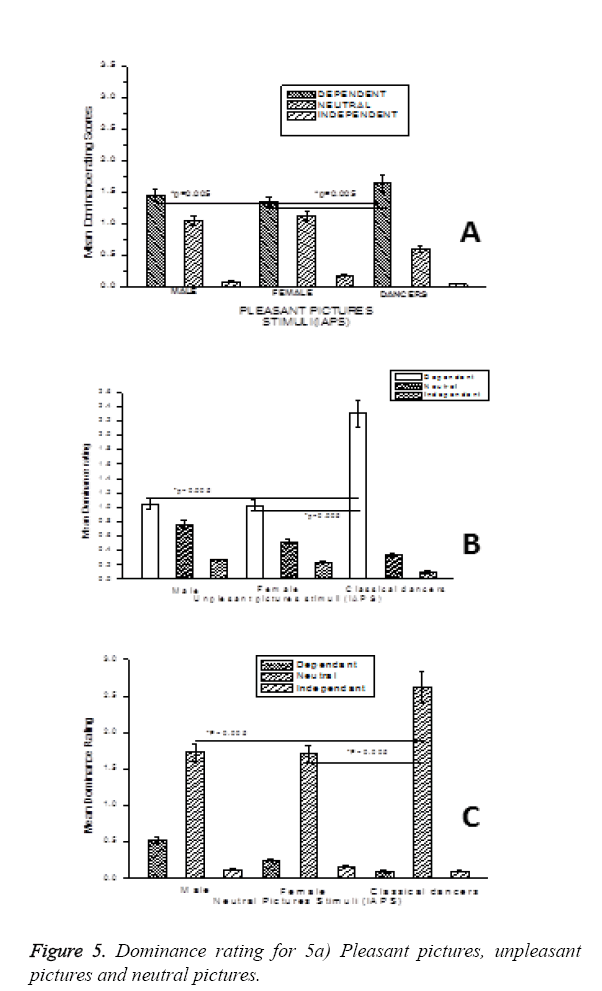


Emotion Analysis Using Sam Self Assessment Manikin Scale



Deap A Database For Emotion Analysis Using Physiological Signals



The Simplified Version Of The Self Assessment Manikin Sam Used In The Download Scientific Diagram



Figure 6 From Testing Operator Support Tools For A Global Production Strategy Semantic Scholar



The Self Assessment Manikin Sam Sam Scale Used In The Experiment To Download Scientific Diagram



Rapid Brain Responses To Affective Pictures Indicate Dimensions Of Trauma Related Psychopathology In Adolescents Sill Psychophysiology Wiley Online Library



Examining Changes In Hrv And Emotion Following Artmaking With Three Different Art Materials Protocol



The Effects Of Music On Emotional Response Brand Attitude And Purchase Intent In An Emotional Advertising Condition Acr



The Self Assessment Manikin Sam Adapted With Permission From Bradley And Lang 1994 6



Self Assessment Manikin Sam Bradley Lang 1994 Figures Assessing Download Scientific Diagram



Fillable Online Observations Sam The Self Assessment Manikin Fax Email Print Pdffiller



Self Assessment Manikin Sam For Valence Arousal And Dominance The Download Scientific Diagram



Is Heart Rate Variability Hrv An Adequate Tool For Evaluating Human Emotions A Focus On The Use Of The International Affective Picture System Iaps Sciencedirect


Pxlab Self Assessment Manikin Scales



Electronics Free Full Text Artificial Neural Networks To Assess Emotional States From Brain Computer Interface Html



A Findings From The Self Assessment Manikin Sam Ratings Mean 1 Download Scientific Diagram



Exploring New Formats Of The Self Assessment Manikin In The Design With Children Semantic Scholar



Observations Sam The Self Assessment Manikin An Efficient Cross Cultural Measurement Of Emotional Response 1 Semantic Scholar



Self Assessment Manikin Sam Scale And The Description Developed For Download Scientific Diagram



Observations Sam The Self Assessment Manikin An Efficient Cross Cultural Measurement Of Emotional Response 1 Semantic Scholar



Institut Fur Softwaretechnik Und Theoretische Informatik Sam


Institut Fur Softwaretechnik Und Theoretische Informatik Sam



Self Assessment Manikin Sam Scale And The Description Developed For Download Scientific Diagram



Observations Sam The Self Assessment Manikin An Efficient Cross Cultural Measurement Of Emotional Response 1 Pdf Free Download



Modeling Reader S Emotional State Response On Document S Typographic Elements
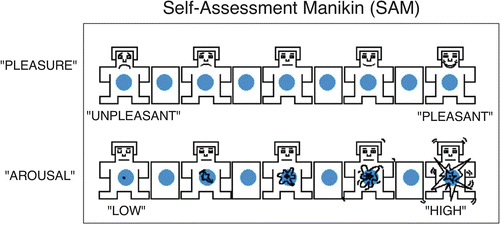


International Affective Picture System Springerlink



Self Assessment Manikin Sam Self Evaluation Scales Used For The Download Scientific Diagram



Measuring Emotion The Self Assessment Manikin And



Self Assessment Manikin Sam Self Evaluation Scales Used For The Download Scientific Diagram



The Self Assessment Manikin Sam Adapted From Bradley And Lang Download Scientific Diagram



Self Assessment Manikin Sam Used In The Experiment The Above Is For Download Scientific Diagram



Emotion Analysis Using Sam Self Assessment Manikin Scale



The Simplified Version Of The Self Assessment Manikin Sam Used In The Download Scientific Diagram



Pdf Measuring Emotion The Self Assessment Manikin And The Semantic Differential Semantic Scholar



Measuring Emotion The Self Assessment Manikin And The Semantic Differential Pdf Free Download



Frontiers Encoding Pleasant And Unpleasant Expression Of The Architectural Window Shapes An Erp Study Behavioral Neuroscience



The Influence Of Country Of Origin Cues On Product Evaluation Evidence From Swiss And German Consumers


Pxlab Self Assessment Manikin Scales



The Self Assessment Manikin Sam Sam Scale Used In The Experiment To Download Scientific Diagram


Pxlab Self Assessment Manikin Scales



Self Assessment Manikin Sam Scales And Descriptions Used To Measure Download Scientific Diagram
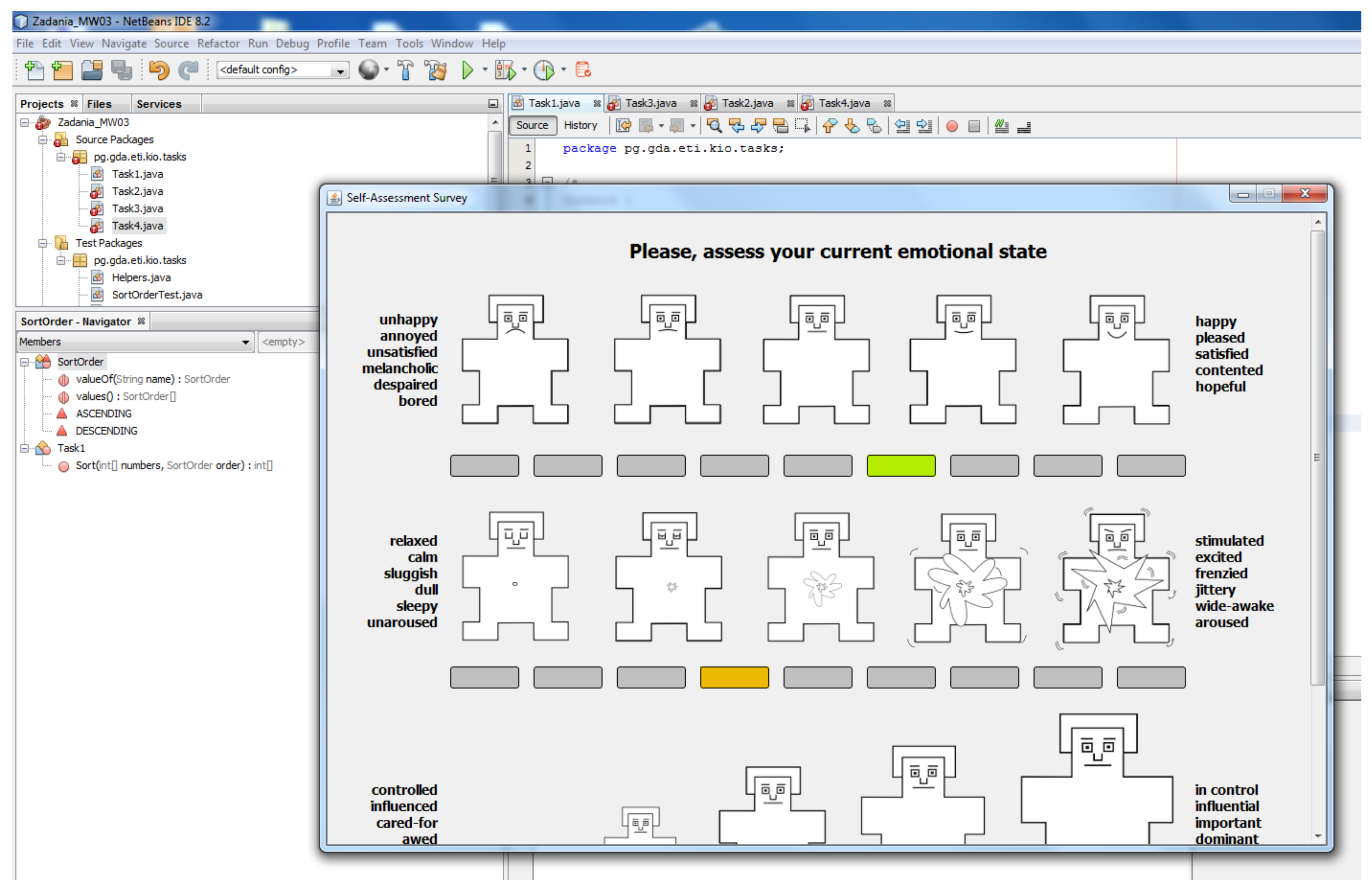


Applied Sciences Free Full Text Applicability Of Emotion Recognition And Induction Methods To Study The Behavior Of Programmers Html
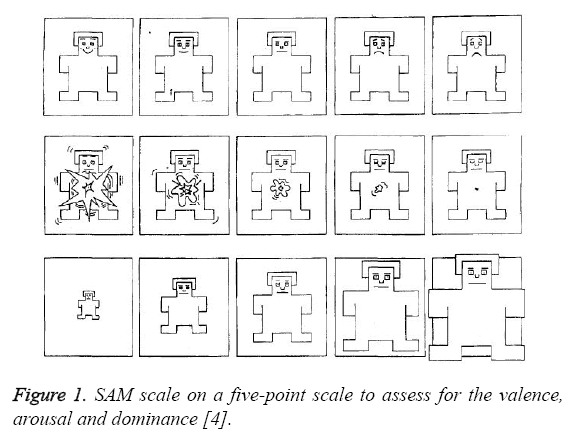


Emotion Analysis Using Sam Self Assessment Manikin Scale



The Self Assessment Manikin Sam Adapted With Permission From Bradley And Lang 1994 6


Neuroscience And Ethnography An Interdisciplinary Revision And A Cognitive Proposal Based On Compassion Research In Mexico



Building Emotional Machines Recognizing Image Emotions Through Deep Neural Networks



Self Assessment Manikin Page 1 Line 17qq Com



Hcd Vidcast Episode 2 Self Assessment Manikin Sam Youtube


コメント
コメントを投稿